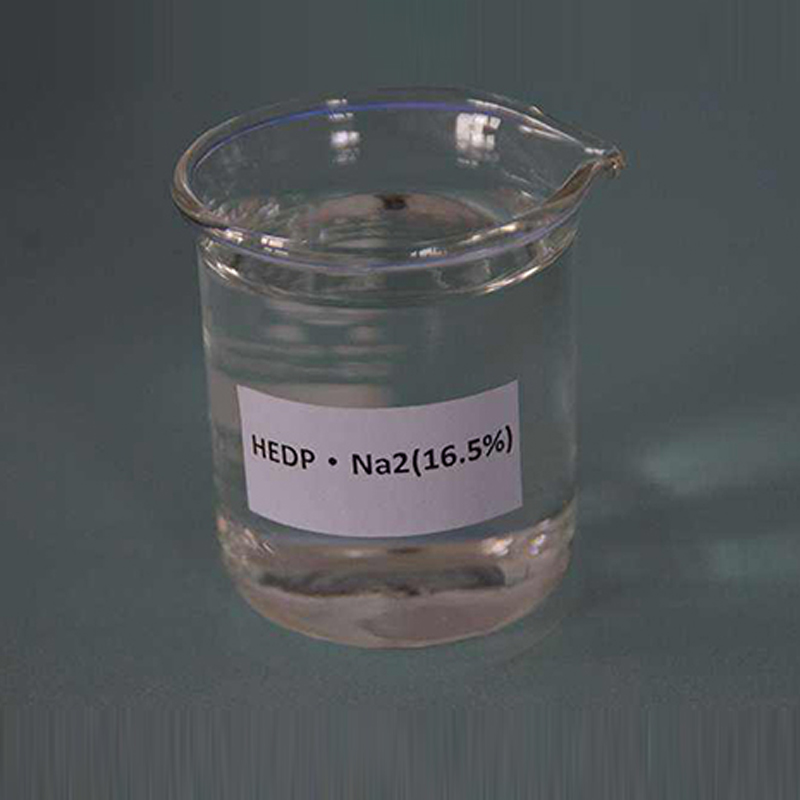coagulant flocculant
The Role of Coagulants and Flocculants in Water Treatment
Water treatment is a vital process that ensures the delivery of clean and safe drinking water to communities worldwide. Among the various methods employed in this field, the use of coagulants and flocculants plays a crucial role in the removal of suspended particles and pollutants from water. This article explores the functions of coagulants and flocculants, their significance in water purification, and the mechanisms through which they operate.
Coagulants are chemical agents that facilitate the aggregation of fine particles in water, leading to their transformation into larger clusters, a process known as coagulation. Common coagulants include aluminum sulfate (alum), ferric chloride, and polyaluminum chloride. When added to water, these coagulants neutralize the negative charges on suspended particles, allowing them to come together and form flocs. This process is essential for reducing turbidity and removing hazardous substances from water.
The Role of Coagulants and Flocculants in Water Treatment
Once the coagulation process is underway, the resulting flocs need to be removed efficiently from the water. This is where flocculants come into play. Flocculants are long-chain polymers that help bridge the gap between individual flocs, promoting their growth to a size that can easily be separated from the water. The addition of flocculants enhances the settling rate of the flocs in sedimentation tanks, improving the overall efficiency of the water treatment process.
coagulant flocculant

Flocculants are commonly used in conjunction with coagulants. While coagulants create the initial flocs by neutralizing charges, flocculants facilitate the aggregation and enhancement of those flocs. Polyacrylamide is a widely used flocculant, known for its effectiveness in both organic and inorganic particle removal. The use of flocculants can significantly reduce the time required for sedimentation, making the water treatment process more efficient.
Both coagulants and flocculants contribute to the reduction of pollutants in water, including bacteria, viruses, and heavy metals. By enhancing the removal of these contaminants, they play a pivotal role in safeguarding public health. Moreover, the use of these chemicals minimizes the environmental impact of wastewater discharge, as treated water meets the necessary regulatory standards for waterways.
Despite their benefits, the use of coagulants and flocculants must be carefully managed. Overuse or improper dosing can lead to residual chemicals in the treated water, which can pose health risks. Therefore, water treatment facilities must implement rigorous monitoring and testing protocols to ensure that the levels of coagulants and flocculants remain within safe limits.
In recent years, advancements in technology and research have led to the development of more environmentally friendly coagulants and flocculants. Biodegradable alternatives are being explored to reduce the ecological footprint of water treatment processes. Innovations in nanotechnology also show promise in enhancing the efficiency of these agents, paving the way for more sustainable water treatment practices.
In conclusion, coagulants and flocculants are essential components in the purification of water, significantly improving the quality of drinking water while protecting public health. Their effective application enables the removal of suspended particles and pollutants, making them indispensable in modern water treatment facilities. As the demand for clean water continues to rise, ongoing research and development in this field will be crucial for enhancing the effectiveness and sustainability of water treatment processes.
-
Water Treatment with Flocculant Water TreatmentNewsJun.12,2025
-
Polymaleic AnhydrideNewsJun.12,2025
-
Polyaspartic AcidNewsJun.12,2025
-
Enhance Industrial Processes with IsothiazolinonesNewsJun.12,2025
-
Enhance Industrial Processes with PBTCA SolutionsNewsJun.12,2025
-
Dodecyldimethylbenzylammonium Chloride SolutionsNewsJun.12,2025





